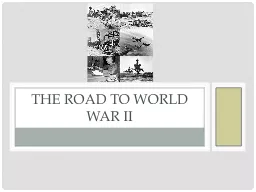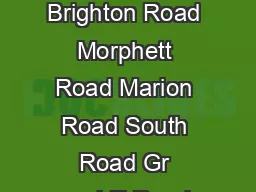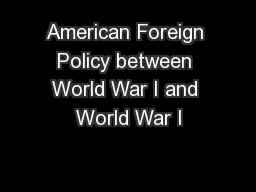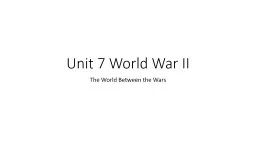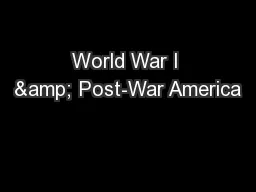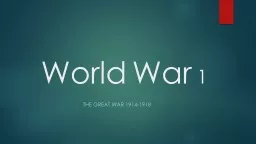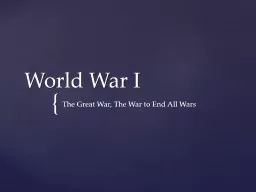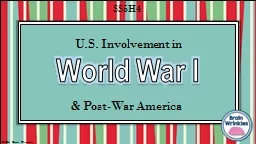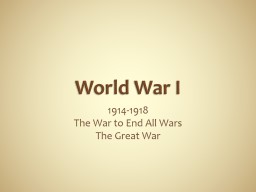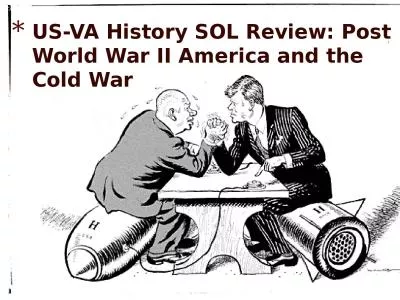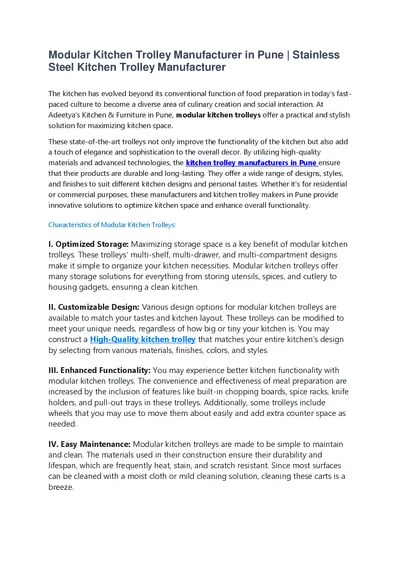PPT-The Road to World War II
Author : calandra-battersby | Published Date : 2017-05-08
Transition WWIWWII 1 Many nations NOT happy with the end of WWI Germany Japan Italy Axis Powers in WWII RussiaUS opponent in Cold War 2 England and France Disagree
Presentation Embed Code
Download Presentation
Download Presentation The PPT/PDF document "The Road to World War II" is the property of its rightful owner. Permission is granted to download and print the materials on this website for personal, non-commercial use only, and to display it on your personal computer provided you do not modify the materials and that you retain all copyright notices contained in the materials. By downloading content from our website, you accept the terms of this agreement.
The Road to World War II: Transcript
Download Rules Of Document
"The Road to World War II"The content belongs to its owner. You may download and print it for personal use, without modification, and keep all copyright notices. By downloading, you agree to these terms.
Related Documents

